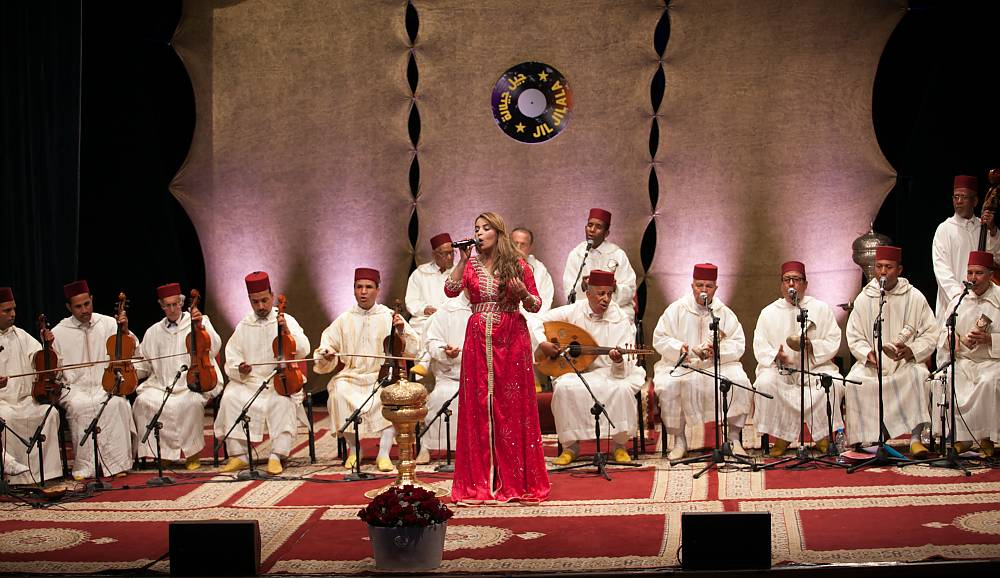Morocco’s Malhoun music was included on Wednesday in the Representative List of the Intangible Cultural Heritage of Humanity of the United Nations Educational, Scientific and Cultural Organization (UNESCO).
This decision was made during the 18th session of the Intangible Cultural Heritage Committee, held December 4-9 in Kasane (Botswana).
This decision is ‘a recognition by the international community of the efforts made by the Kingdom, in accordance with the far-sighted vision of HM King Mohammed VI, for the preservation and promotion of Moroccan cultural heritage, with the active contribution of communities of Moroccan artists who have endeavored for the intergenerational transmission of this form of centuries-old popular Moroccan poetic-musical expression,” Morocco’s permanent delegation to UNESCO said in a press release.
Thanks to the wisdom transmitted by its poems, Malhoun constitutes the memory which constructs Morocco’s history and the bridge between its past and present, making its continued and future promotion necessary by considering it as a starting point for an intellectual journey linking the different eras of the Kingdom, the press release noted.
The celebration of this decision was marked by the presentation to UNESCO by the Moroccan Delegation of a box set of the Malhoun anthology tracing the different forms of this poetic and musical expression throughout Morocco’s regions, the permanent delegation added.
In the nomination presented to UNESCO Intangible Cultural Heritage Committee, Malhoun is defined as a popular form of poetic expression that is sung. It is an art of versification based on a language, mainly dialectal Arabic and sometimes Hebrew, directly drawn from daily life, developed according to a specific type of poetic meter. The poems are sung in a melody that gives the words and the narration their full importance.
Historical sources agree that Tafilalet, a region in southeast Morocco, was the historical origin of Malhun dating back to at least the tenth century. It may have emerged in zawiyas, religious orders and places for those of faith, before spreading to all other strata of society, notably craftspeople. Malhun spread to urban centers starting in the 16th century. In the 20th century and in recent decades, the elite and members of the Academy of the Kingdom of Morocco have also taken an interest in it.
The texts of the old masters were transmitted through the perpetuation of an oral memory and, later, through transcription. Malhun poems touch on all areas of life, sacred and secular. It is based on forms and themes that favor poetic imagery and narration built on musicality and melody played on traditional instruments, notably the lute, the violin, the rebab and small drums.
Singing about love and the joys of life, the beauty of women and nature, religious prayer and pleas, pleasure and merrymaking, gastronomy and imaginary journeys, political events and social issues, etc., Malhun combines vocals, song, theatrics, metaphor and symbolism in a festive atmosphere of sharing involving all Moroccans, Muslims and Jews.
